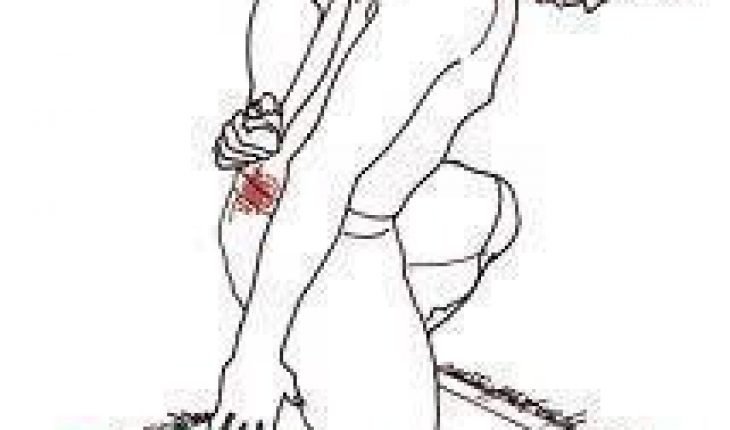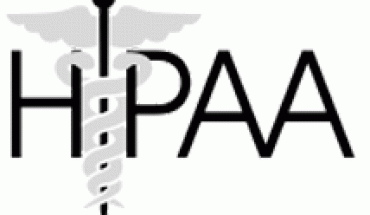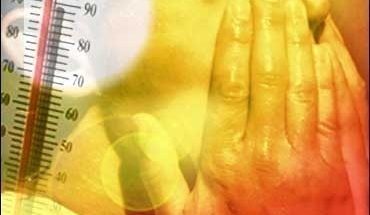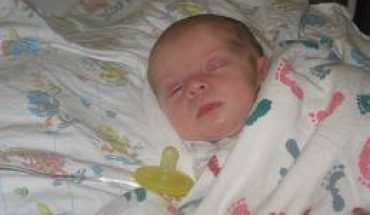An individual’s calf is located at the back of their lower leg. Pain in the muscles of the calf usually last for a short period and it can be treated. Calf pain generally occurs when the muscles of the calf are pressured. This is due to over-exercising the muscles as well as the improper practice of exercising techniques that involves the calf. The muscles that make up the calf are two gastrocnemeius and one soleus muscle. They cause pain if they are stretched intolerably. In most cases calf pain occurs when the calf has experienced trauma or when it has been impacted with pressure that it was not prepared for. Other conditions that may cause calf pain includes calcium, minerals, and magnesium deficiencies as well as dehydration.
What causes Calf Pain?
A discomforting feeling in the calf usually results from a torn or pulled muscle, which is sometimes referred to as a calf strain or pull. When a part of the soleus or gastrocnemius has been ripped from the Achilles tendon, then this is a calf pull or strain. Although an Achilles tendon rupture and a calf strain are similar the difference between them lies in the place of occurrence. The calf strain takes place in the upper section of the calf.
Calf strains are usually graded from one to three. A grade one calf strain involves the stretching of a calf muscle, which results in a minor tear in the fibers on the muscle and normally lasts for about two weeks. A grade two strain occurs when a part of the muscle’s fiber as been torn and normally takes eight weeks to recover. A grade three calf strain occurs with the muscle’s fiber has been torn completely, complete recovery may take up to four months.
Common symptoms of Calf Pain
Inflexibility during exercise: Inflexibility usually occurs when the muscle’s fiber has been torn.
- Calf ache: This may result from multiple varicose veins causing the muscle to strain.
- Cellulite: The irritation of subcutaneous tissues usually results in calf pain.
Recommended treatment for Calf Pain
Treatment of calf pain may vary from individual to individual, and is dependent on the seriousness of the pain.
- Give your legs complete rest. Avoid activities that may cause strain for about two weeks, this will help the calves to recuperate.
- The application of cold compression to the calf for twenty minutes, at least four times per day. Several cubes of ice wrapped in a cloth can be used.
- Keep your legs elevated, the elevation should assist in the reduction of swelling.
- Pain relievers are commonly used to relieve any discomfort that is resulting from the affected calf.
- If you are athletic, the compression of heat to the affected calf is recommended, but it should not be used for more than five days as this may cause further damage.
- The practice of slow and gradual daily exercise may be used as a therapeutic way to bring back the affected calf to normality.





